
|   |

|   |
 e-mail: sunilkothari1933@gmail.com Mallika Sarabhai's Mother River is an unusual work Photos courtesy: Darpana October 6, 2018 Mother River, Mallika Sarabhai's latest choreographic work directed by Yadavan Chandran for the world premiere of newly renovated Natarani theatre at Ahmedabad on Sept 21, 2018, was an unusual work. Breathtaking, innovative, using latest state-of-art technology, breaking notions that only men can play drums, she has eight to ten young female dancers striking drums with vigour, suggesting women power, drumming to a variety of musical genres, connecting few episodes not immediately comprehensible, but on reflection, making sense, connecting the non-narrative elements. Before the performance starts, in the plaza, we hear, as we do when in Kerala before the Kathakali performance, the sound of chenda drumming announcing the play to take place. Also the drumming has built in suggestions. The work displays drumming by women. Perhaps in the beginning audience feels that it is traditional announcement, but it is much more than that. The playing on drums predominated the performance. That Mother River is an outstanding production is stating the obvious. Any new choreographic work, if it is powerful, leaves an impact. In Natyashastra terminology, the sthayi bhava is of vismaya, generating adbhuta rasa. In contemporary parlance it is 'out of the box' vision, full of surprises. In the opening, behind the various vertical curtains hung from catwalk of lights, we see some movements and then water body is projected with video and an image of a young boy plunging into water, hanging on a rope, picking up coins from the river. Is he collecting pebbles, are they of his aspirations, hopes? There is also a story behind the sequence, that a young boy collecting pebbles had died and the river tells that story as an aside. The commentary in English makes us understand why that young boy collects coins. He does so to support his mother. It is a true story that Mallika incorporated in Mother River. There are several nuances to this sequence. Yadavan with his wizardry of designing images creates memorable visuals, which are complemented by unusual music. This is a dance theatre maximizing allied components weaving in visual enactments. The title Mother River leads one to imagine many interpretations. In one sequence in a frame of a large fish, perhaps a dried up one, and part of the river, a young woman dressed in hair ornaments, jewellery and costumes used in Bharatanatyam speaks aloud of the river when in full bloom flowing, now dry with no traces of its former luxury, but still suggesting some hope. A young girl dressed in sari moves singing song using classical music and starts yodeling, touching the wooden frame of fish; one feels the river is flowing undulating. She climbs steps of tiered seats where audience is sitting and sings full throated, 'I am woman!' On the left of the audience under a tree we see three musicians on piano, trumpet and saxophone, and the drummers on the stage join them with resounding sound. Of the three sections of the performance, the second ones shows two mobile platforms on which we see two women joined by a long string. Perhaps it is umbilical chord. I could not read the projections of words on white platforms, but learnt later from Mallika that they were: 'wrought, suffocation, let down, hurt, wounded, emotionally drained, 'I will drop by today', 'I am well', 'Thanks for asking', 'Love you', and 'Miss you too... ' It seemed like a conversation between mother and daughter: 'Yes, sure.' 'It is not my fault, I was never your favourite', 'You always turned to your father'. 'I was there for you, but you did not care.' 'You are no longer who you were'. 'I love you. I hate you. I do not need you'. 'I care. I need. I want you. You. You. You. You, not me. You.' This dialogue of mother daughter (is it part semi autobiographical?) on two platforms ends when the platforms separate, the umbilical cord is broken and the daughter stands up, herself; she has no parents to depend upon. The daughter achieves her own independence. This section is not easy to follow. What symbols does it represent? Choreographer Mallika and director Yadavan could have offered the audience an entry point into the symbolic meaning. The most enjoyable was the third section where female dancers played drums with the male dancer, who too had freed himself from the notion of playing drum as a male, breaking away from tradition, yet retaining its core and bringing an awareness about his own identity and independence. The drummer is Keralite artist Manikandan, a traditional chenda player, who trained the female dancers for eight months. The result was amazing as the female drummers performed with captivating and infectious relish. The male and female dancers enter in rows executing Bharatanatyam movements to the recitation of a series of sollus, forming various patterns. They were dressed in black and golden fan like side cloth like half fan (designed by Mallika). The diagonal arm movements formed cross, the interactive movements enhancing the geometry without colliding, displaying the discipline and virtuosity. But by the time one expected more of nritta, the three female dancers on either side with one male drummer in the centre started playing on drums with tremendous energy which of course surprised the audience. I had seen in Seoul, Korea, a large troupe of Korean women playing drums delicately, with elfin grace and charm. This was different. Here these Bharatanatyam dancers including Mallika were performing with zest, symbolizing women power, breaking notions of patriarchy with their joyous drumming, symbolizing hope. Slide show Photos courtesy: Darpana 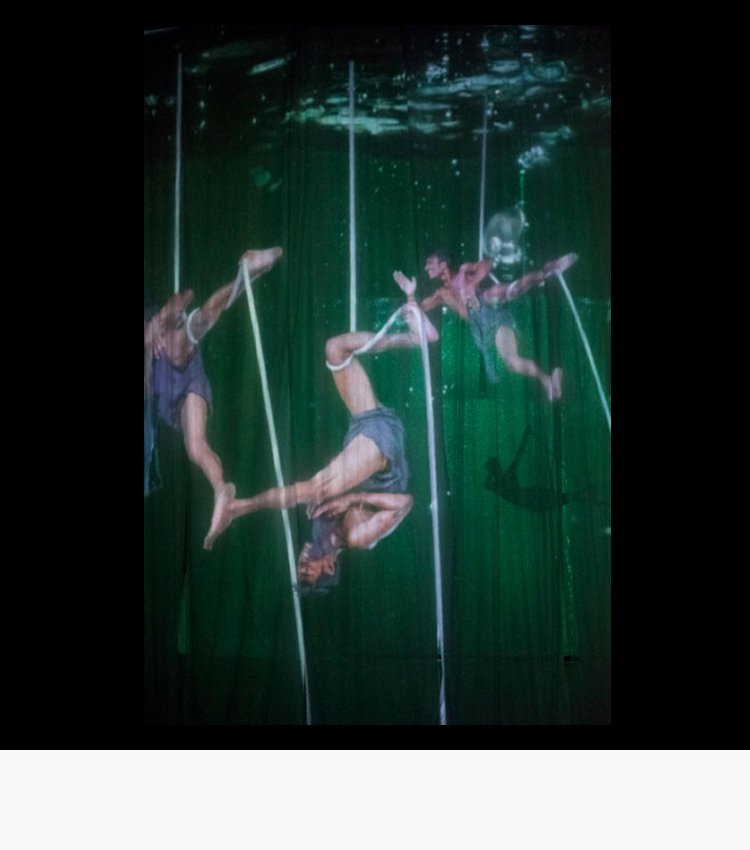
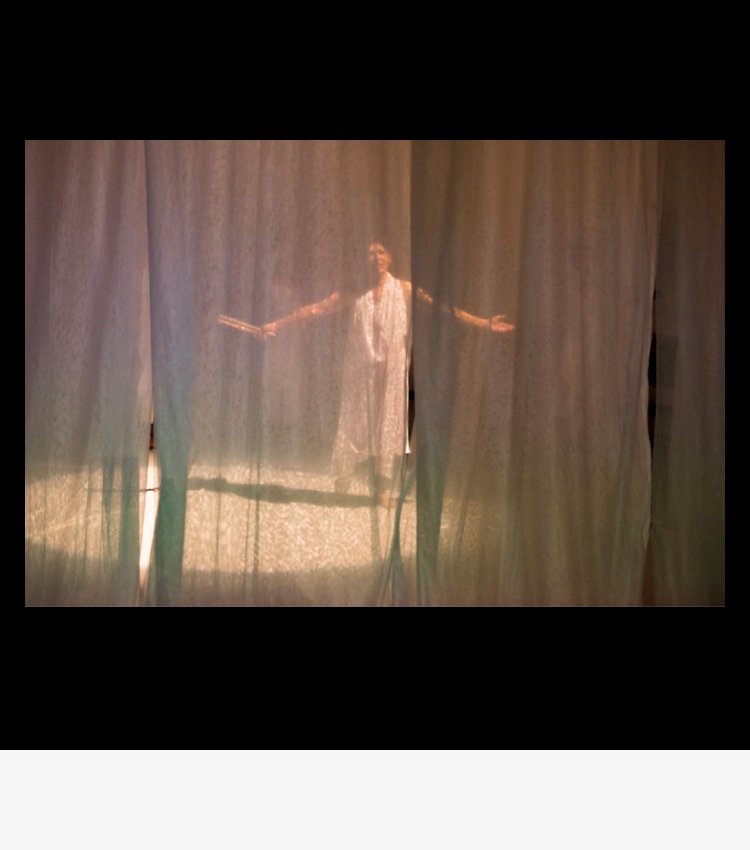

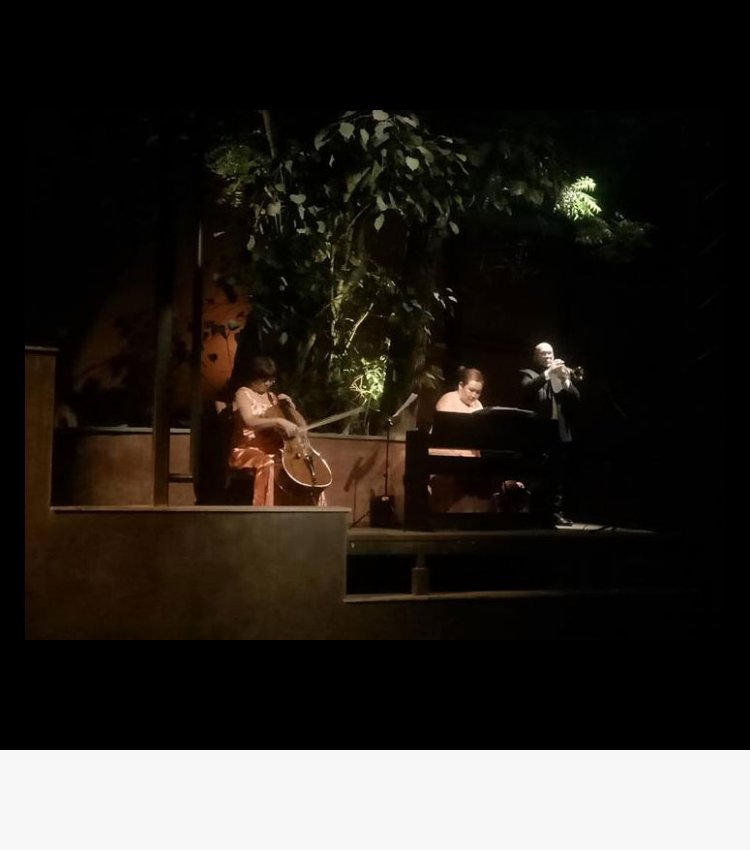
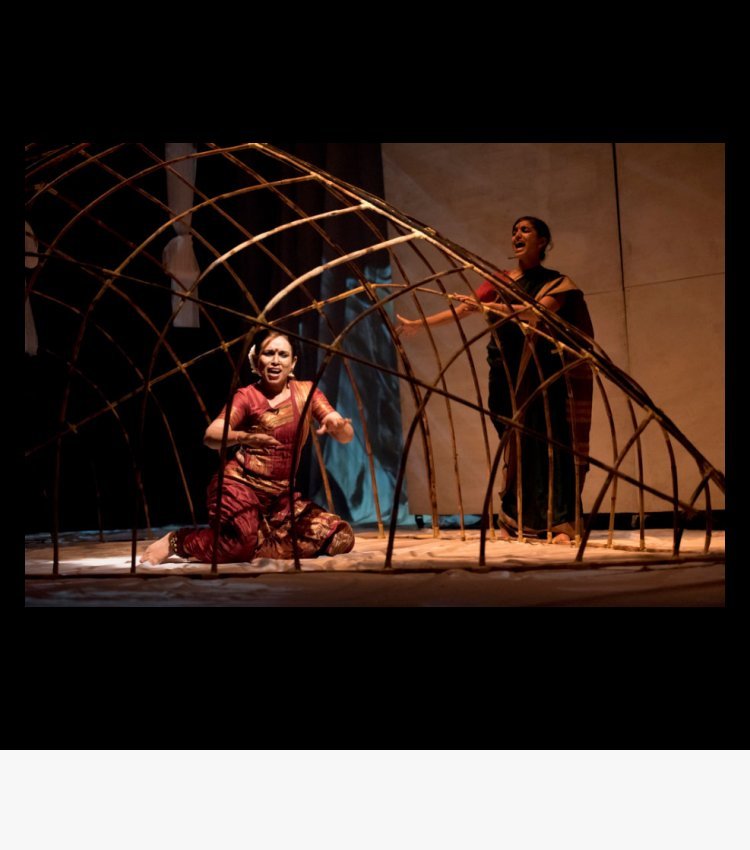
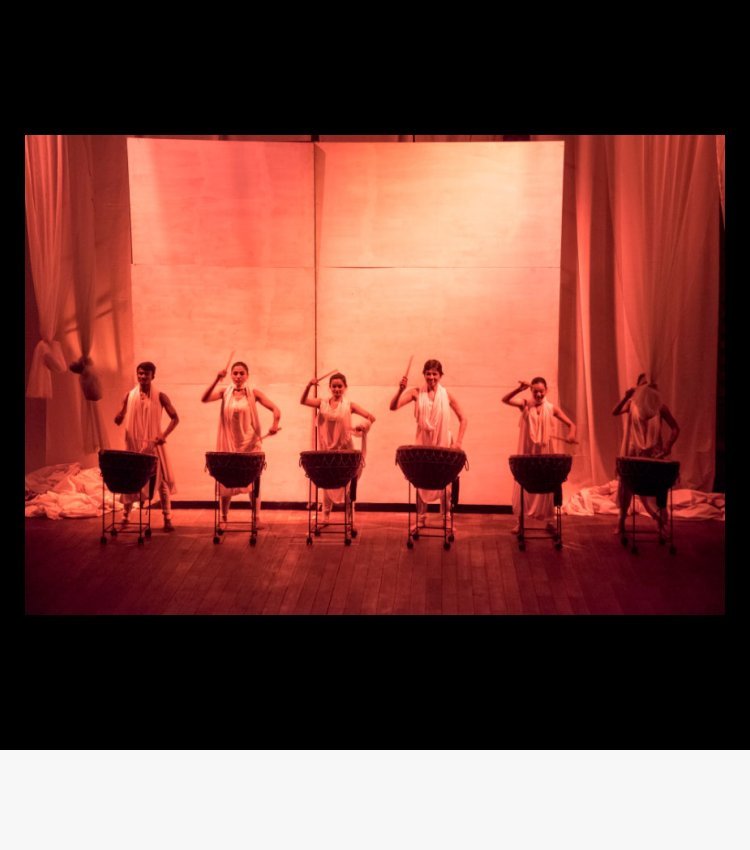
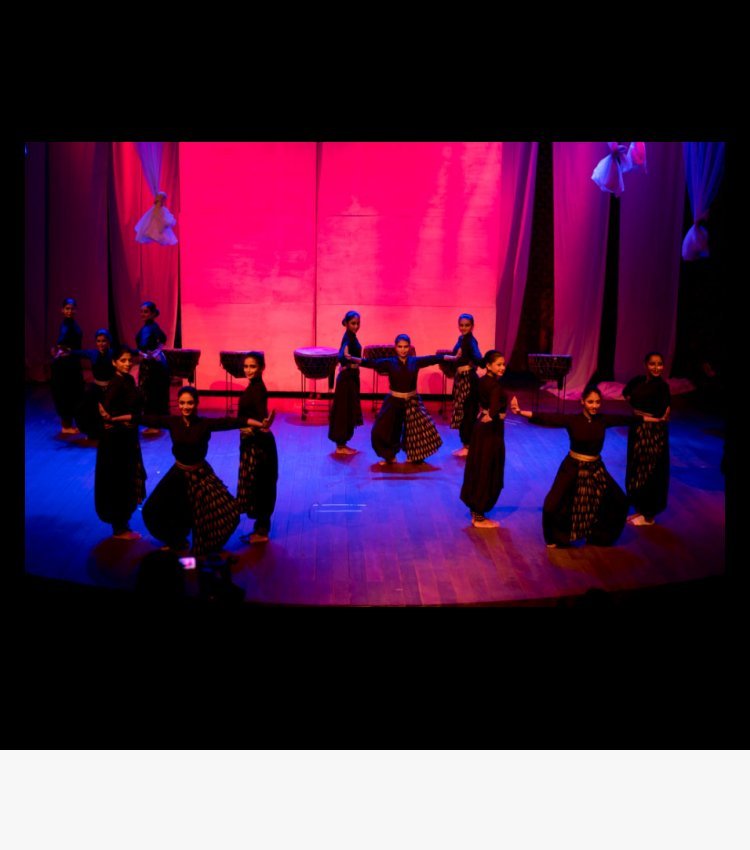

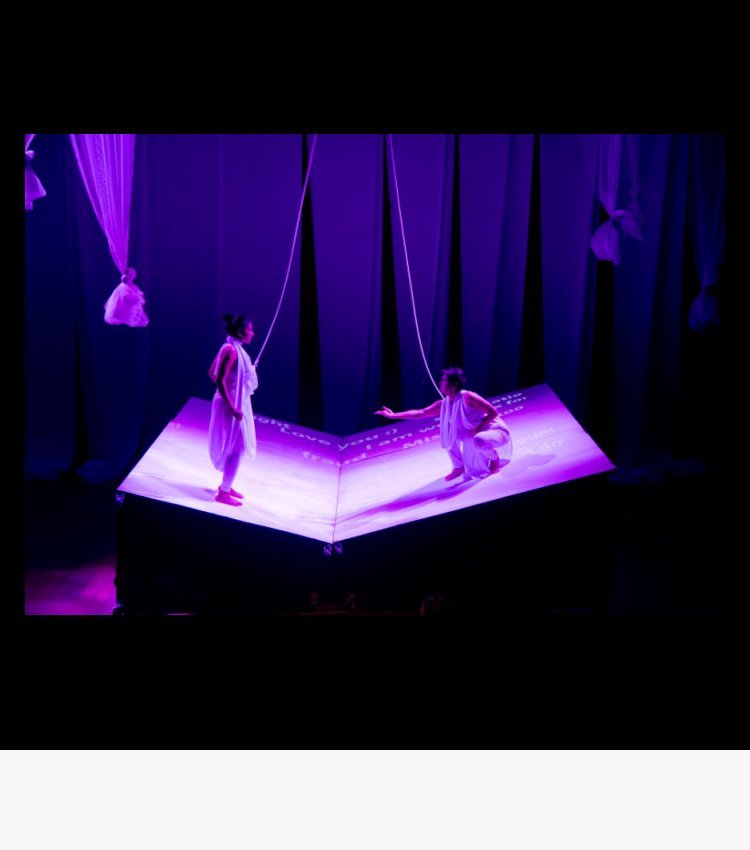



The production indeed was received with enthusiasm. After the performance was over, the members of the audience also were seen in the plaza discussing the nature of the production. Mallika and Yadavan had not created a dance theatre with predominance of dance. The autobiographical part of mother daughter relationship, through projection of slides with dialogue as mentioned above, the struggle, the words, the singing and narration made me want to see this work a couple of more times. I am sure it will help me appreciate the format of this production, which wants to be not routine but leaving audience to conjure up what was happening. I was expecting to see it again on next day, but it rained heavily. The open air stage, curtains, props, were all flooded. The second show had to be cancelled. Rain or no rain, the images are cascading as I try to pen my impressions. That powerful is this production. Whenever and wherever it is staged, the connoisseurs must not miss it.  Dr. Sunil Kothari is a dance historian, scholar, author and critic, Padma Shri awardee and fellow, Sangeet Natak Akademi. Dance Critics' Association, New York, has honoured him with Lifetime Achievement award. Post your comments Please provide your name and email id when you use the Anonymous profile in the blog to post a comment. All appropriate comments posted with name & email id in the blog will also be featured in the site. |